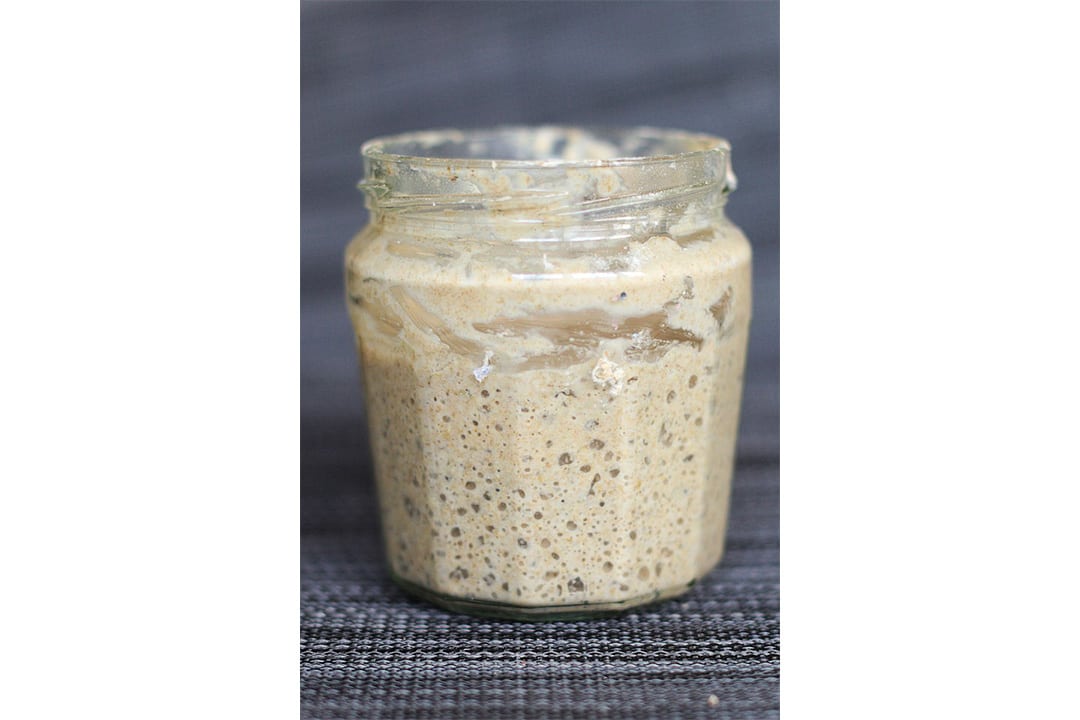Honestly, at one point, I wasn’t even aware of what sourdough is, let alone the science behind it. After conducting a fair amount of research, I now feel well-versed in the history, science, and practical applications of sourdough starters — even in their roles as pets. Yes, you heard me right: pets!
The roots of sourdough starters can be traced back to 3500 BCE, but they experienced a spike in fame fairly recently. In 2020, when the COVID-19 pandemic turned our lives upside down, it also brought life and prominence to sourdough starters.
As grocery stores faced the infamous toilet paper shortage, they also faced another shortage, albeit less notable: commercial yeast. Yeast, a fungus, exists all around us; it resides within us, in the food we eat, and even in the air we breathe. It’s what’s in both commercial yeast packages and sourdough starters. For centuries, commercial yeast has been a bread-making staple. But in light of commercial yeast shortages, sourdough starters entered the lives of millions of bakers as an alternative rising agent.
Sourdough starters and their chemistry
Sourdough starters are natural cultures composed of wild yeast and bacteria that leaven bread. There are various methods for creating a sourdough starter, but they generally involve combining water and flour and allowing the mixture to ferment. Fermentation is a metabolic process that triggers chemical changes in a substance due to the presence of enzymes — proteins that speed up these metabolic and chemical changes.
As I mentioned, the starter is a mixture of water and flour, which undergoes spontaneous fermentation the moment the two come in contact. Microorganisms like wild yeast and lactic acid bacteria that naturally exist in the environment start to feed on the sugars in the flour. All of these elements come together to create a thriving ecosystem within the sourdough starter.
Initially, certain microorganisms, including lactic acid bacteria, contribute to the acidification of the starter. The environment eventually becomes unfavourable for many of these colonies of microorganisms, leaving the starter to be dominated by lactic acid bacteria and acid-tolerant yeasts.
Yeasts metabolize flour sugars, such as glucose and sucrose, to produce alcohol and carbon dioxide gas through alcohol fermentation. The production of gas leads to bubble formation and ultimately to the rising of the dough. Meanwhile, lactic acid bacteria acidify the starter through a process known as lactic acid fermentation, which converts six-carbon sugars into three-carbon lactic acid molecules. The acid preserves the starter and inhibits the growth of undesirable microorganisms.
Within a week or two, the yeast and lactic acid bacteria populations grow rapidly, producing enough carbon dioxide to leaven a loaf of bread. Notably, temperature plays a pivotal role, with warmer temperatures resulting in a sour flavour and colder ones yielding fruity flavours.
Longevity and emotional connections
To maintain the starter, you must discard a portion of it and add fresh flour and water. According to internet wisdom, you should feed the starter every 24 hours if you keep it at room temperature; every 12 hours if warmer; and one or every two weeks if refrigerated. Routinely feeding the starter ensures you provide sufficient nutrients for the yeast and lactic acid bacteria to survive and multiply.
Regular feedings maintain the starter’s integrity by sustaining an acidic environment through continuous fermentation. This prevents the growth of harmful moulds and bacteria and allows for the desired microorganisms to continue adapting and thriving.
The Boudin Bakery, located in San Francisco, California, is home to a sourdough starter that dates back to 1849 and is still in use! If that doesn’t display the longevity of starters, I don’t know what does.
Sourdough starters are much more than mere baking tools or refrigerator residents. Amid the isolation and uncertainty brought about by the pandemic, people found solace in these starters. Some individuals went as far as naming and featuring them on their social media platforms, treating them like family pets.
This phenomenon likely arises from the regular nurturing of starters, which fosters an emotional bond. From a practical perspective, it’s akin to nurturing countless pets, as the starter is home to millions of thriving microbes that rely on routine care and nourishment.
Whether you’re a beginner like me or a seasoned sourdough connoisseur, I hope this was an insightful glimpse into the world of sourdough starters: their underlying science, their never-say-die attitude, and their ability to fill an emotional void in you that you may not have known existed.



No comments to display.